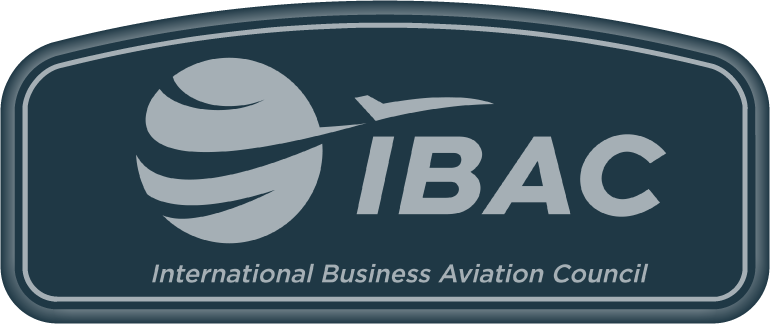Info
&
Insights
Developing a First-Class Safety Policy: Industry Best Practices for FAA Part 5 SMS
July 1, 2024

In compliance with FAA Part 5 Safety Management System (SMS) requirements, developing a comprehensive and effective safety policy is a crucial step for flight organizations. The safety policy sets the foundation for a proactive safety culture and outlines the organization's commitment to safety. In this article, we will explore industry best practices for developing a first-class safety policy as part of an FAA Part 5 SMS, ensuring a robust safety framework and regulatory compliance.
Commitment to Safety at All Levels
A first-class safety policy begins with a clear and unequivocal commitment to safety from top-level management. The policy should reflect the organization's dedication to providing a safe working environment and promoting safe operational practices. Emphasize that safety is a core value and that every employee, from leadership to frontline staff, shares the responsibility for maintaining a high level of safety.
Reflect Regulatory Compliance and Best Practices
Ensure that the safety policy reflects compliance with FAA regulations and industry best practices. Incorporate relevant regulatory requirements into the policy to demonstrate the organization's commitment to meeting and exceeding safety standards. Reference applicable guidelines, standards, and industry-specific requirements that are relevant to the organization's operations.
Define Roles and Responsibilities
Clearly define the roles and responsibilities of individuals within the organization regarding safety management. Specify the accountabilities of management, safety personnel, and employees at all levels. This clarity helps create a shared understanding of expectations and promotes a culture of accountability for safety performance.
Align with the Organization's Mission and Objectives
Ensure that the safety policy aligns with the organization's overall mission and objectives. Emphasize how safety is an integral part of achieving the organization's goals and how it supports the mission. This alignment helps establish a cohesive approach to safety and reinforces the importance of safety as an organizational priority.
Emphasize Continuous Improvement
Highlight the organization's commitment to continuous improvement in safety performance. Encourage employees to report hazards, near misses, and safety concerns, emphasizing that these reports are opportunities for learning and improvement. Stress the importance of capturing lessons learned and implementing corrective actions to prevent recurrence and enhance safety outcomes.
Provide Clear Reporting and Communication Channels
Establish clear reporting and communication channels for safety-related matters. Encourage open and transparent communication, ensuring that employees feel comfortable reporting safety concerns without fear of retribution. Clearly define the process for reporting incidents, near misses, hazards, and safety suggestions. Provide multiple reporting methods, including anonymous options, to encourage participation.
Training and Competence Development
Highlight the organization's commitment to providing ongoing safety training and competence development. Emphasize the importance of initial and recurrent safety training for all employees. Communicate the organization's investment in resources, such as training programs, workshops, and learning opportunities, to enhance safety knowledge and skills throughout the organization.
Regular Review and Update
Emphasize the importance of regularly reviewing and updating the safety policy. Highlight that the policy is a living document that evolves with changing regulations, industry practices, and organizational needs. Establish a process for periodic review to ensure the policy remains relevant, aligned with best practices, and reflects the organization's evolving safety culture.
Developing a first-class safety policy is a critical step in implementing an FAA Part 5 Safety Management System. By following industry best practices, flight organizations can establish a robust framework that prioritizes safety, complies with regulatory requirements, and fosters a proactive safety culture. A comprehensive safety policy demonstrates the organization's commitment to safety, clearly defines roles and responsibilities, aligns with the organization's mission, emphasizes continuous improvement, provides clear reporting and communication channels, focuses on training and competence development, and undergoes regular review and updates. By implementing these best practices, flight organizations can lay a strong foundation for an effective SMS, ensuring a safe and successful aviation operation.
###





